Aquatic Invasive Species report- Fall 2024
By Jim Benike
Yellow Iris
Yellow iris once bloomed in over 50 locations around Half Moon Lake. This past June it was found in 8 locations and all found locations were destroyed. We’re committed to eliminating yellow iris from the lake. It blooms from Memorial weekend to mid-June, right at the lake shoreline. You can dig it up or spray it with Roundup or a similar herbicide. We’ll mark yellow iris around the lake in early June.
Eurasian Watermilfoil
In 2024, Eurasian watermilfoil emerged victorious. We had hoped to obtain a permit from the Wisconsin DNR for a comprehensive lake treatment this past fall 2024, but unfortunately, that didn’t materialized to the permit being denied by the Wisconsin DNR. The October survey revealed a significant increase in Eurasian watermilfoil, with 16.64 acres compared to 10.46 acres in June.
Given these circumstances, your lake district board is working closely with Barr Engineering to apply for a spring 2025 whole lake treatment with a possible barrier curtain around the wild rice. However, if that permit is denied, we have two alternative options:
Adopt a passive approach, similar to some lakes that have chosen not to intervene.
Purchase an Eco-Harvester, a specialized machine that can pull Eurasian watermilfoil out by its roots. While this approach may address the Eurasian watermilfoil issue, it won’t eliminate Eurasian watermilfoil. The initial investment in the Eco-Harvester and associated equipment is approximately $125,000. The annual operating costs are estimated to be around $25,000.
Bone Lake is currently conducting research for the 2025 summer season, while Balsam Lake has been utilizing an Eco-Harvester for several years. It’s important to note that operating an Eco-Harvester requires an annual permit from the Wisconsin DNR.
Last summer, it became easier to identify Eurasian watermilfoill. If you ventured into dense surface weed masses while boating or kayaking, it was likely Eurasian watermilfoil (EWM). Northern watermilfoil is native to our lake and has a green stem. EWM looks the same as Northern, but has a red stem.


